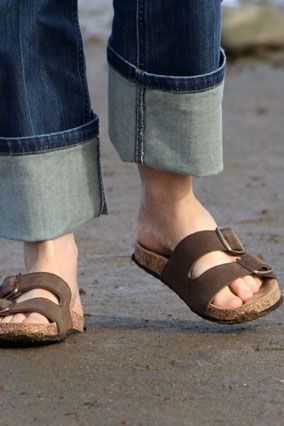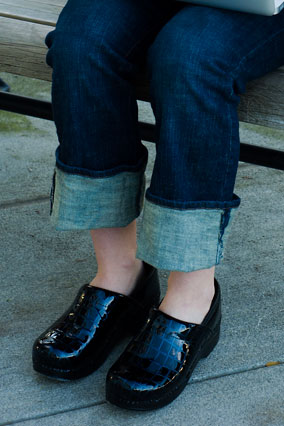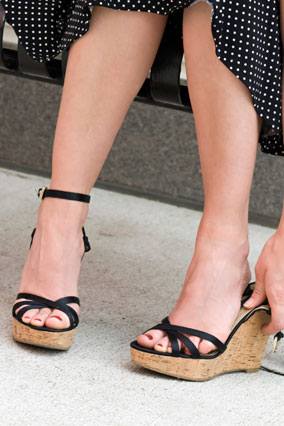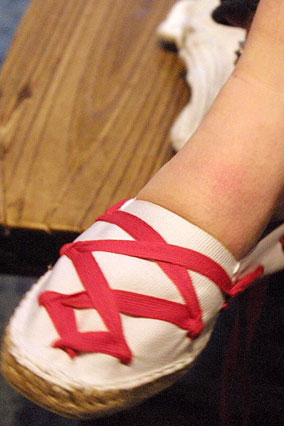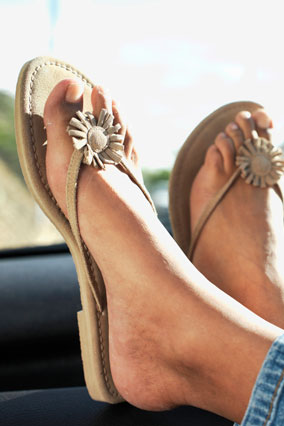
Body Image: Do Ads Make You Feel Better Or Worse About Your Looks?
Be honest, if you're surrounded by a group of gorgeous women, aren't you more likely to feel inferior or insecure about how you look? It's like all of a sudden there is pressure to up the ante and pull out our sexiest attire and spend more time in the mirror than necessary when you know you're going to be around other women who have done the same. On the flip side, when you're with a more down-to-earth, no-fuss crowd, you tend to be more relaxed about your looks, right?
Psychologist Carlin Flora explains:
To prove this, in one study researchers gave people a subliminal glimpse of an attractive female face. Those people subsequently rated themselves as less attractive than those who saw a homely face, even though no one remembered having seen the images in the first place. Our self-image is built on these comparisons all day long.
Kinda reminds you of high school all over again when we were always looking to the "popular crowd" as a source of approval and how to dress, how to look and how to make-out with our boyfriends in the hall. (OK, maybe that was just me.) But it does bring up a good question: Why do we still base our own self-worth and self-beauty on others? Why do we feel so insecure that we have to compare ourselves to others?
Body Image: Is "Fat Talk Free" Really the Best Policy?
I will admit that I choose to hang out with women who are more of the athletic type. We can go straight from mountain biking to meeting for drinks and no one cares how dirty or smelly we are. But, when I'm around the oh-no-I-broke-a-nail type with her perfectly groomed outfit and perfectly coiffed fake blonde hair at our kids' swim meet, I try to steer clear. Not because she isn't a nice person (I assume she is), but as I stand there in my baseball cap with no makeup and the morning's running clothes still stuck on my sweaty body, I shrink, my shoulders slump, I don't stand as tall and I feel like I need to go home and take a shower (which I do) and primp.
What's interesting though is, feeling bad about our looks is all in our minds.
Still, I don't open a Victoria's Secret catalog when I'm PMS-ing and having a bad hair day.
Running and Body Image: What Is a "Runner's Body" Anyway?
Tell us what you think. Do you feel ugly around people you think are prettier than you?























